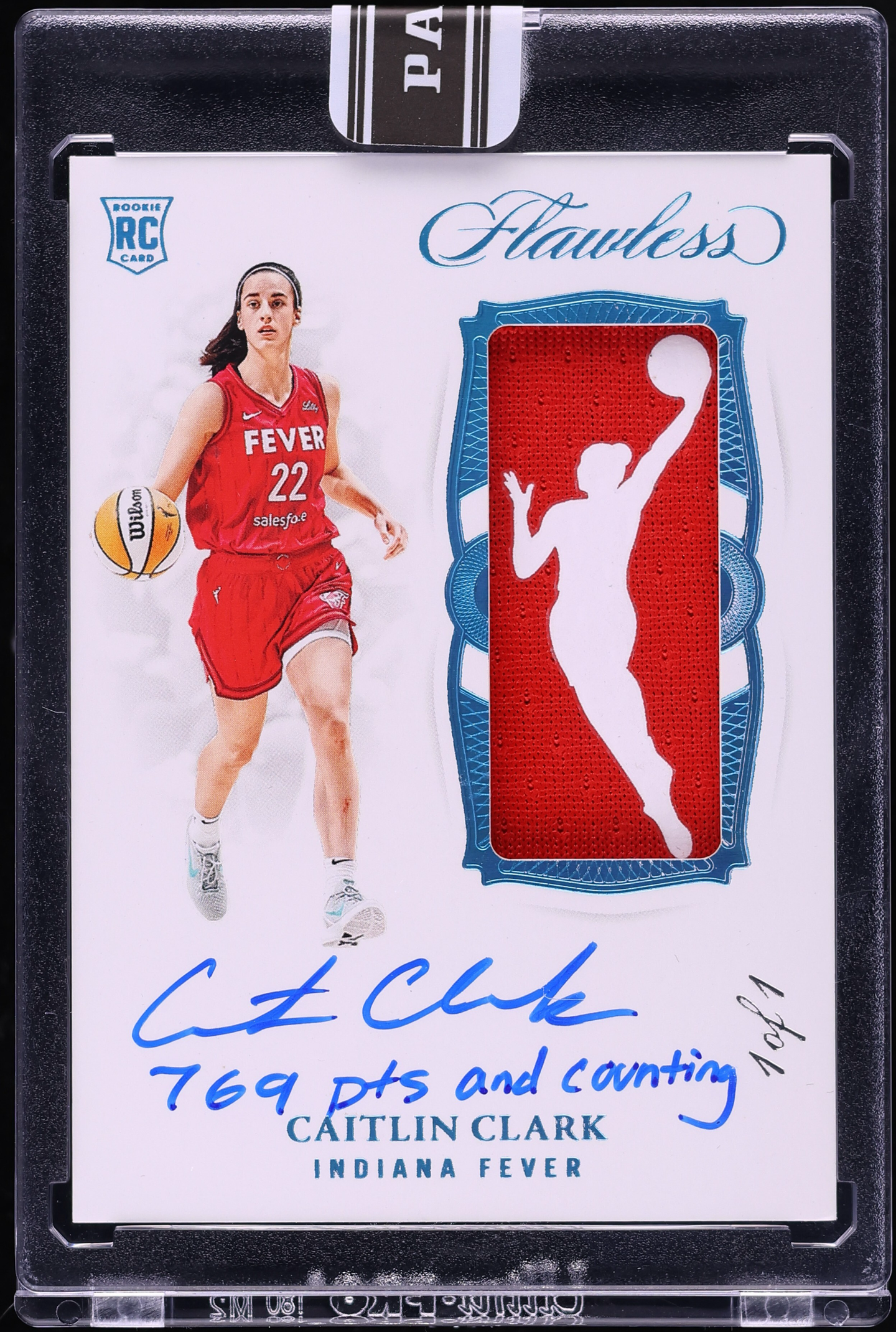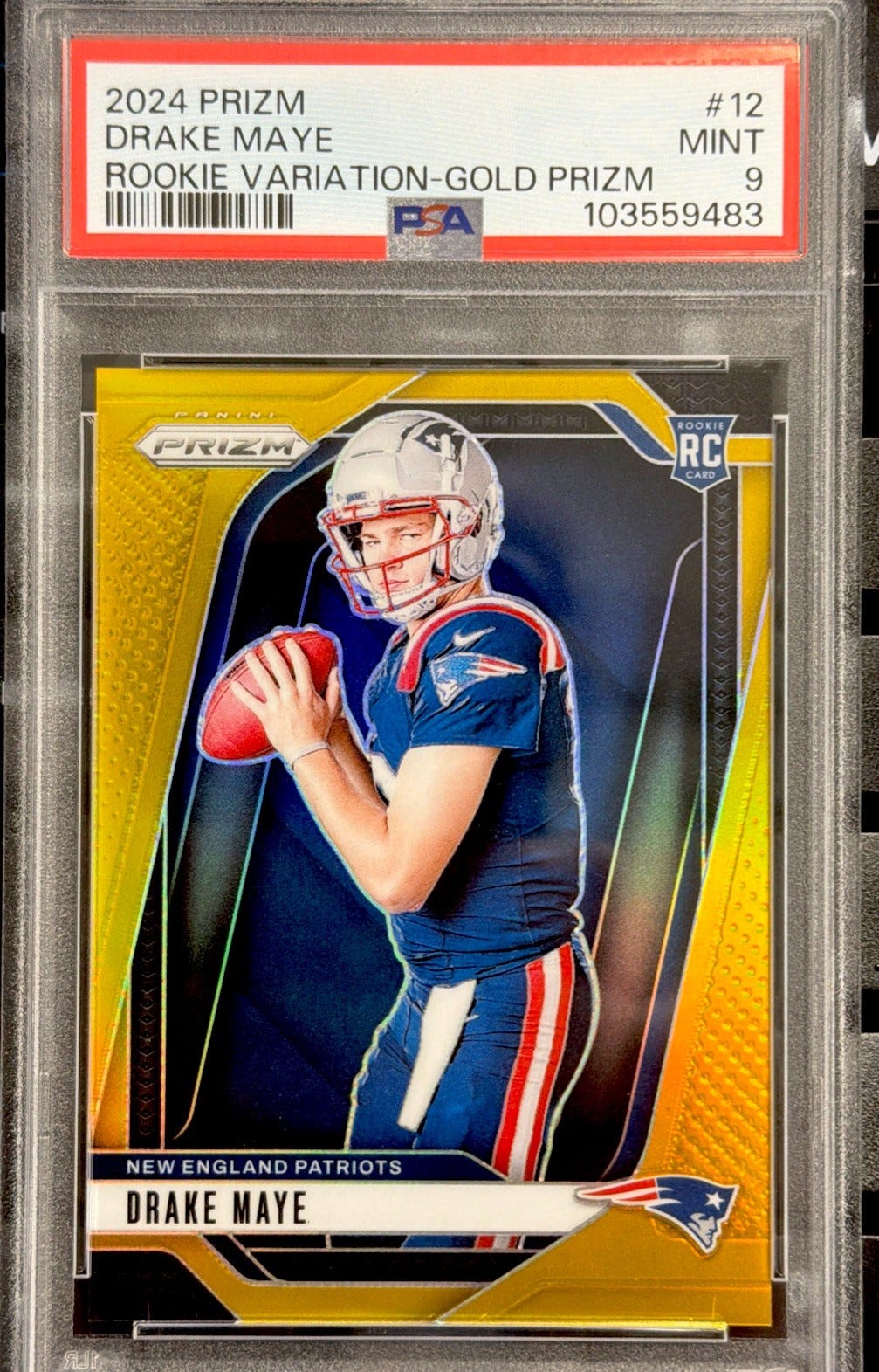Ted Williams
Hinging on History: The 1955 Topps Double Headers
By Doug Koztoski
Good things sometimes sprout out of unfinished business.
Since Wrigley Field renovations faced delays this past offseason, the ballclub improvised early in the 2015 schedule. The result? Covering much of the construction, the Cubs faithful saw game-action still images of Hall of Fame slugger Ernie Banks, via a photo tarp in the left and right field bleachers.
Banks passed away last January and somewhere the spirit of “Mr. Cub” produced his infectious smile at the franchise’s tribute to him. Banks exuded enthusiasm as a baseball player and even for Opening Day, he no doubt uttered his famous phrase: “Let’s play two.”
Six decades ago this year, his first big season as Chicago’s shortstop, Banks slugged 44 homers and drove in 117 runs en route to a Cooperstown-bound career, all with the Cubbies. That same 1955 campaign Banks appeared in “both games” of Topps’ first real try at a doubleheader of sorts: their regular issue and the “Double Headers” cards; the latter comprised of the company’s initial attempt to have a baseball issue riding the wave of its base set’s popularity.
Issued in penny packs with a single card and a slab of gum and patterned after the distinctive and innovative 1911 Mecca Double Folders T201 set, the 1955 Double Headers stand nearly 5 inches tall when “open.”
The cards usually came from the factory perforated, that is with a “hinge” or “fold” running side-to-side about one-third of the way from the top. Unfolded, they commonly show an illustration of a player swinging a bat or throwing a ball. When folded, the cards often feature a pitcher following through on his delivery or a player crouched to snag a grounder. The player on the card back shares the bottom part of the legs and feet with the athlete on the front. A snapshot of each player’s stats appears on the reverse side, as well.
In the ’55 ancillary issue, pasteboard No. 31/32 features journeyman pitcher Howie Pollet, while Banks shows up on the back looking like he is about to field a ground ball.
“I just recently completed the Double Headers set,” said Tom Carman. “I usually look for cards in PSA 7 and above, and after 20 years I found a PSA 7 Al Kaline (at the right price and grade) for $290.”
In 1955, at 20 years old, Kaline became the youngest ever to win the American League batting crown (.340 average). The Detroit Tigers strong-armed outfielder shares card No. 45/46 with “Corky” Valentine.
Carman, who owns a highly ranked Double Headers collection on the PSA Set Registry, put the Kaline card among his favorites in the issue, along with those of Ted Williams/Hal Smith (No. 69/70), Hank Aaron/Ray Herbert (No. 105/106) and anything showing a Brooklyn Dodger.
A Dodger, in fact, plays a part in the “most balanced” card in the set, star-wise, as Johnny Podres is on the flip side of Hall of Famer Harmon Killebrew. The slugging Killebrew first appeared on Topps cards that season, coming up with the Washington Senators/Nats. Podres, meanwhile, pitched two complete games against the Yankees in the ’55 World Series, including a Game 7 shutout, as Brooklyn won its first Fall Classic.
All of the big leaguers in the 66-card, 132-player offering come from among the low numbers (Nos. 1-150) of the main Topps baseball set from that season. While that means Jackie Robinson (No. 25/26, with Don Hoak) also made it, unfortunately, the one (eventual) huge name Topps missed in the Double Headers/low numbers combo was one of Robinson’s Dodger teammates, pitching legend Sandy Koufax, in his rookie card year.
No high numbers from the regular ’55 set appear in the colorful Double Headers, so that means no sight of Phil Rizzuto, Willie Mays or Duke Snider.
The high number stinging the most for many collectors by not being in this issue: Roberto Clemente, whose pasteboard also debuted that year with Topps. Mickey Mantle, by the way, only appeared in the Bowman set in 1955.
Ron Hobbs has a double dose of the Double Headers in his collection: the No. 1 slot on the SGC Set Registry and the No. 2 spot on PSA’s Current Finest Set Registry.
The unusual aspect of Hobbs’ SGC set is that the cards are unperforated.
“They were issued without the crease,” Hobbs said. “I think they were a Christmas issue or a special issue. Somebody said they saw a pack that was sold in an auction where the cards were unperforated.”
PSA does not grade the unperforated versions of the offering.
With a fold included or not, Hobbs said supreme versions of the collection are elusive. “It’s a popular set,” he said, “It’s just tough to get high-grade cards.”
A good eye
At the 1992 National Sports Collectors Convention, Hobbs bought a complete, raw Double Headers set that he thought looked sharp. Getting them graded validated his instincts: 10 PSA 7s, 55 PSA 8s and one PSA 8.5.
Hobbs said he likes the “tougher ones” the most in the issue, including Williams, Aaron, Jackie Robinson and the “day game and nightcap” of the set: Al Rosen/Chuck Diering No. 1/2 and Herm Wehmeier/Wayne Terwilliger No. 131/132.
When pressed to pick a top choice from the well-designed set, Hobbs went with Boston Red Sox legend Ted Williams.
The stories within the story
Many baseball fans know that a doubleheader is also referred to as a “twin bill.” What some collectors of this set may not have noticed, however, is that Topps, fittingly, included a pair of “twin Bills” in the Double Headers issue: Bill Taylor/Billy O’Dell (No. 7/8) and Bill Wilson/Bill Tremel (No. 101/102). Was that just a coincidence or a subtle joke from Topps? We may never know for sure.
Another interesting feature of the 1955 Topps Double Headers really has nothing to do so much with who is on the card but what is in the background. Starting with the end of the set and going in reverse order while placing the cards side-by-side, it paints partial panoramic views of stadium interiors.
In a way the panoramic scenes are kind of like snapshots of Banks’ career. If you start at first base, where he played the back half of his big league days and work your way counterclockwise at least to the shortstop position, where he first starred, then blend in the famous ivy covered outfield walls as well as the photo tarp images in the Wrigley Field bleachers in the early part of the 2015 season, it creates an interesting visual in the “mind’s eye.”
“Open” this pairing of panoramic ideas and it’s “Let’s collect two”; if you “fold” the duo it’s “Let’s play two,” a doubleheader of fun.
Lastly, imagine taking the letters from “twin bill,” borrowing an “e” from “Ernie,” and making the phrase “Bet I’ll win.” Ernie Banks won every game he ever played in, doubleheader or not, when you checked the scoreboard of joy.
Doug Koztoski and The Offbeat Beat welcome comments and questions related to this article at kozpro20@hotmail.com.








